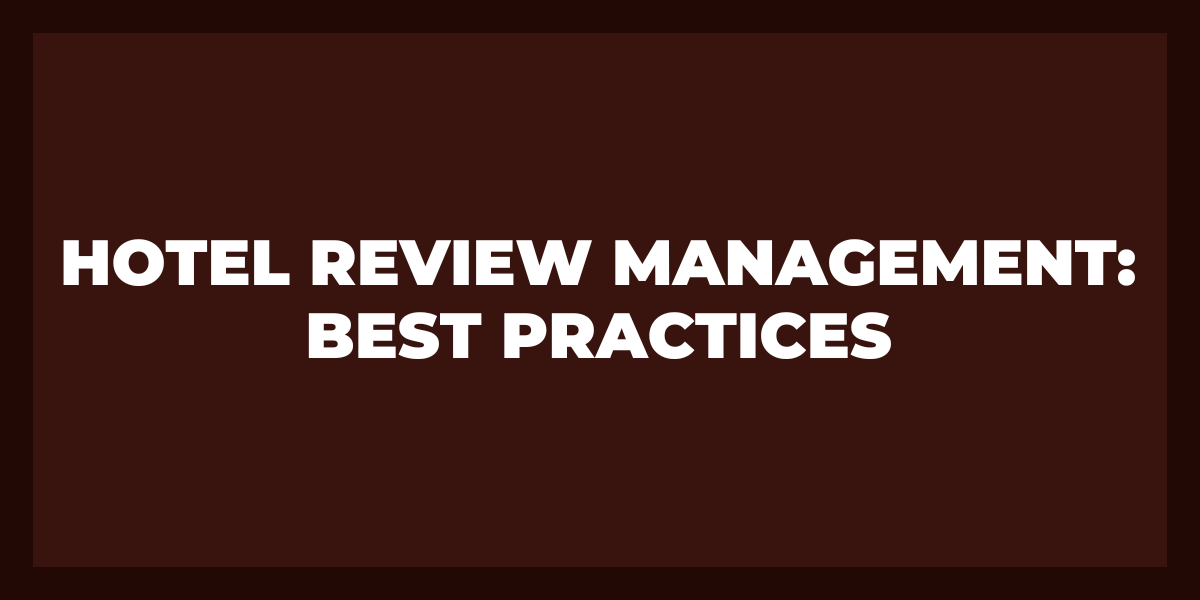Net Promoter Score (NPS) surveys are a great way to measure customer satisfaction and loyalty, but if you want to get the most out of your survey results, following best practices is essential.
In this blog post, we will discuss the basics of NPS surveys and provide some tips on creating effective ones that can help you improve your customer experience. We’ll also look at how you can use insights from these surveys to drive business growth. So let’s dive right in!
What is NPS?
Net Promoter Score (NPS) is a customer loyalty metric that measures customer satisfaction and loyalty by asking customers how likely they are to recommend a company’s products or services to their friends and family.
NPS is measured on a scale from -100 to 100, where customers who rate the company 0-6 are considered Detractors, 7-8 Neutral, and 9-10 Promoters.
Quick Benefits
Companies use NPS to gauge the overall performance of their products and services, providing insight into how satisfied customers are with the business. Companies typically calculate NPS by surveying customers on how likely they would recommend the company’s product/service on a scale from 0-10.
The results are then categorized into three groups:
- Detractors (score 0-6)
- Passives (score 7-8)
- Promoters (score 9-10).
How to calculate NPS?
Net Promoter Score (NPS) is a measure of customer loyalty, and satisfaction companies use to assess the quality of their service or product. It is calculated by asking customers to rate their experience on a scale from 0 to 10, with 0 being Not at all likely and ten being ‘Extremely Likely.’
Why Is It Beneficial to Conduct NPS Continuously?
- Track customer satisfaction over time. Measure how their customers’ satisfaction with the company changes over time.
- Companies are better equipped to analyze which of their services or products are most successful and which need improvement.
- Allow businesses to identify any potential new trends or emerging issues quickly and accurately so they can address them in real-time.
- Gain invaluable insight into the customer experience that can be used to inform decisions such as pricing strategies and product development.
How Do NPS Surveys Help You Find Room for Improvement?
NPS surveys also help businesses identify areas where they can improve. By gathering customer feedback, companies can pinpoint areas that need improvements, such as customer service, product quality, delivery speed, and more. This allows them to make changes that will enhance customer satisfaction and loyalty in the long run.
How Does NPS Measure Customer Loyalty?
NPS tools calculate the score by subtracting the percentage of detractors from the percentage of promoters.
- A rating of 9-10 is considered a promoter
- 7-8 is classified as passive
- 0-6 is labeled as a detractor.
- Promoters are likely to be loyal customers and advocates for the brand who will make repeat purchases and refer their friends and family.
- Passives are indifferent but can easily switch brands if something better comes along.
- Detractors are dissatisfied with the service and unlikely to recommend it to anyone else.
Can NPS Be Used As a Referral Marketing Channel?
- Using NPS as a referral marketing channel is beneficial because it encourages customers to share their experiences with friends and family.
- Customers who have had positive experiences with a company are more likely to refer to its products or services, leading to increased sales and brand loyalty.
- Since NPS surveys are often anonymous, companies can use the data collected to identify customer sentiment trends and address any issues before they become significant problems.
- A successful referral program through NPS should include incentives for both the referring and referred customers to maximize its effectiveness.
How to Customize your NPS survey
To customize a survey, it is essential to consider the following variables: target audience, question type, response format, and follow-up questions.
Target Audience
It is essential to define the survey’s target audience to ensure your NPS survey questions are tailored to their needs. This might include:
- Customers who have purchased a particular product or service.
- Customers who have purchased multiple products or services from your company.
- Customers who have been loyal for a certain amount of time.
Question Type
Questions should also be crafted unbiasedly and, if possible, not include leading phrases such as “how likely would you recommend our product?” Different questions can yield different kinds of NPS survey response rates and insights.
- Closed-ended questions offer quick answers that can be easily measured.
- Open-ended questions allow for greater detail but require more effort from respondents.
Response Format
The response scale you choose will significantly depend on what type of insight you want to gain from the survey. For example:
- If you are looking for specific feedback on how likely someone would recommend your product, then using the 0-10 scale provides this information quickly.
- Whereas using a 1-5 star rating system provides slightly more detailed feedback but requires more effort from respondents.
Follow-Up Questions
Follow-up questions offer NPS data about why someone has responded and what could be done differently. These can range from simple yes/no answers to longer open-ended questions allowing respondents to explain their NPS scores’ reasoning.
NPS Survey Best Practices
Here are some best practices when designing and implementing a Net Promoter Score survey:
1) Keep it short
The length of an NPS survey is critical. A survey should consist of at least two questions and no more than 10. More questions can cause survey fatigue and decrease response rates. It’s best to keep the survey concise, with questions that get right to the point.
2) Use simple language
It is essential to use simple language when looking to send NPS surveys so that all customers understand what is being asked of them. Avoid technical terminology and ensure the wording is understandable for everyone taking the survey.
3) Ask follow-up questions
A great way to gain deeper insights from responses is by asking follow-up questions tailored to each customer’s answer. This allows you to see where customer satisfaction levels lie specific to their experience, which can provide invaluable data for improving some regions of your business.
4) Provide incentives
Offering incentives such as discounts or free products can motivate customers to participate in an NPS survey and make them more likely to leave a positive review if they have had a good experience with your business.
5) Spread awareness
Make sure potential participants know about your NPS survey by announcing its existence on social media platforms, including links directly back to it, or sending out emails with information about how and why customers should take part in it.
How to Send the NPS Survey to the Correct Number of Customers
Here are several steps you can take to ensure your survey reaches the right number of customers:
1. Set a Target Size
Determine the minimum sample size you need for reliable and accurate insights from your survey results. Consider factors such as the type of customer, how many responses you need to reach statistical significance, or any other elements that could affect the accuracy of your data.
2. Develop a Segmentation Strategy
After setting a target size for your survey, create a segmentation strategy for dividing your customers into distinct groups to target them with specific surveys tailored to their needs. Consider making segments based on demographics such as age, location, or income level, or more granularly, tailor surveys by focusing on product usage or satisfaction levels.
3. Choose Your Survey Platform
Popular options include email marketing tools like MailChimp or SendGrid.
You also have customer service platforms like Zendesk or Interecom, and survey platforms like Typeform or Qualtrics, offering advanced targeting capabilities.
4. Deploy Your Survey
This involves determining when and how often to send emails or notifications about your NPS survey, what kind of language should be used in its introduction (e.g., “help us understand our customer experience” vs. “share feedback on our product”), and what kind of incentives should be offered in exchange for taking part in the survey (e.g., prizes).
Frequently Asked Questions
How do you create an effective NPS survey?
Creating an effective NPS survey involves the following:
- Crafting questions that measure customer loyalty.
- Selecting the right survey platform and timing.
- Offering incentives for participation.
- Anonymizing the responses to encourage honest feedback.
- Providing actionable insights from the results.
What is the best time to send an NPS survey?
The best time to send an NPS survey is when there is a recent interaction between your brand and customer. This ensures the survey results are more accurate and that customers are more likely to respond.
What should be included in an NPS survey?
An NPS survey should include questions that ask respondents to rate their level of satisfaction and recommend their service or product on a scale from 0 to 10.
What is a good sample size for NPS?
A good sample size for NPS is typically between 300 and 500 respondents. This allows for a statistically significant sample to measure the customer experience accurately. The larger the sample size, the more reliable your results will be.
Concluding Thoughts
Considering all of these elements will help create an engaging customer experience while also providing helpful information for companies looking to grow their bottom line.














